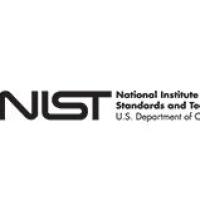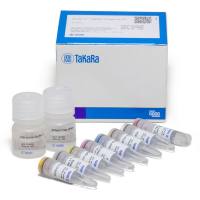Screening of Bacterial Products for Their Crude Oil Biodegradation Effectiveness
互联网
363
Although petroleum hydrocarbons have been known to be biodegradable for decades (1 -5 ), use of microbial cultures to enhance natural biodegradation (bioaugmentation) has met with limited success (6 -10 ). Despite the paucity of controlled field studies demonstrating the effectiveness of bioaugmentatton agents, the US Environmental Protection Agency (EPA), other Federal and State agencies, and Exxon were overwhelmed with proposals from product vendors during the 1989 Exxon Valdez spill The manufacturers felt their bioremedlation agents could markedly improve the spill response by accelerating the biodegradation rate of the crude oil many-fold better than the natural rate. However, an objective method was lacking to determine the effectiveness of these products in enhancing crude oil biodegradation. Consequently, EPA instituted a protocol development research program to define a comprehensive tiered set of comparative and empirical criteria on which to judge vendor claims. It is based on several tiers of tests, ranging from a laboratory screening test involving shake flasks containing seawater and weathered oil, semicontinuous flow microcosms simulating tidal flux, and a limited-scale field test on an actual beach (11 ). Environment Canada has also developed a laboratory screening protocol similar to the US shake flask test (12 ). The procedure described here synopsizes and slightly modifies the US method developed in the early 1990s (13 ) and codified in the National Contingency Plan Product Schedule (14 ).








